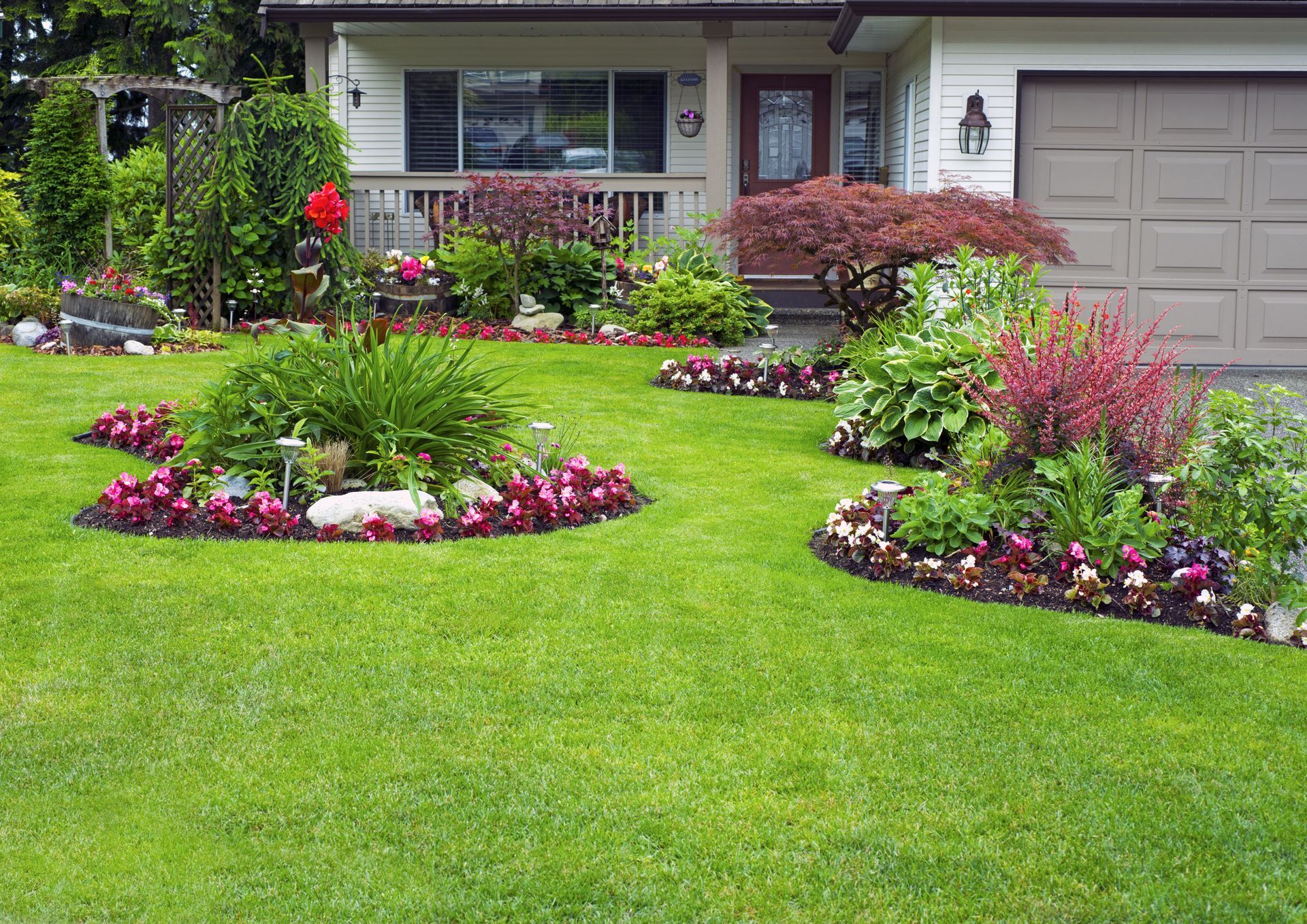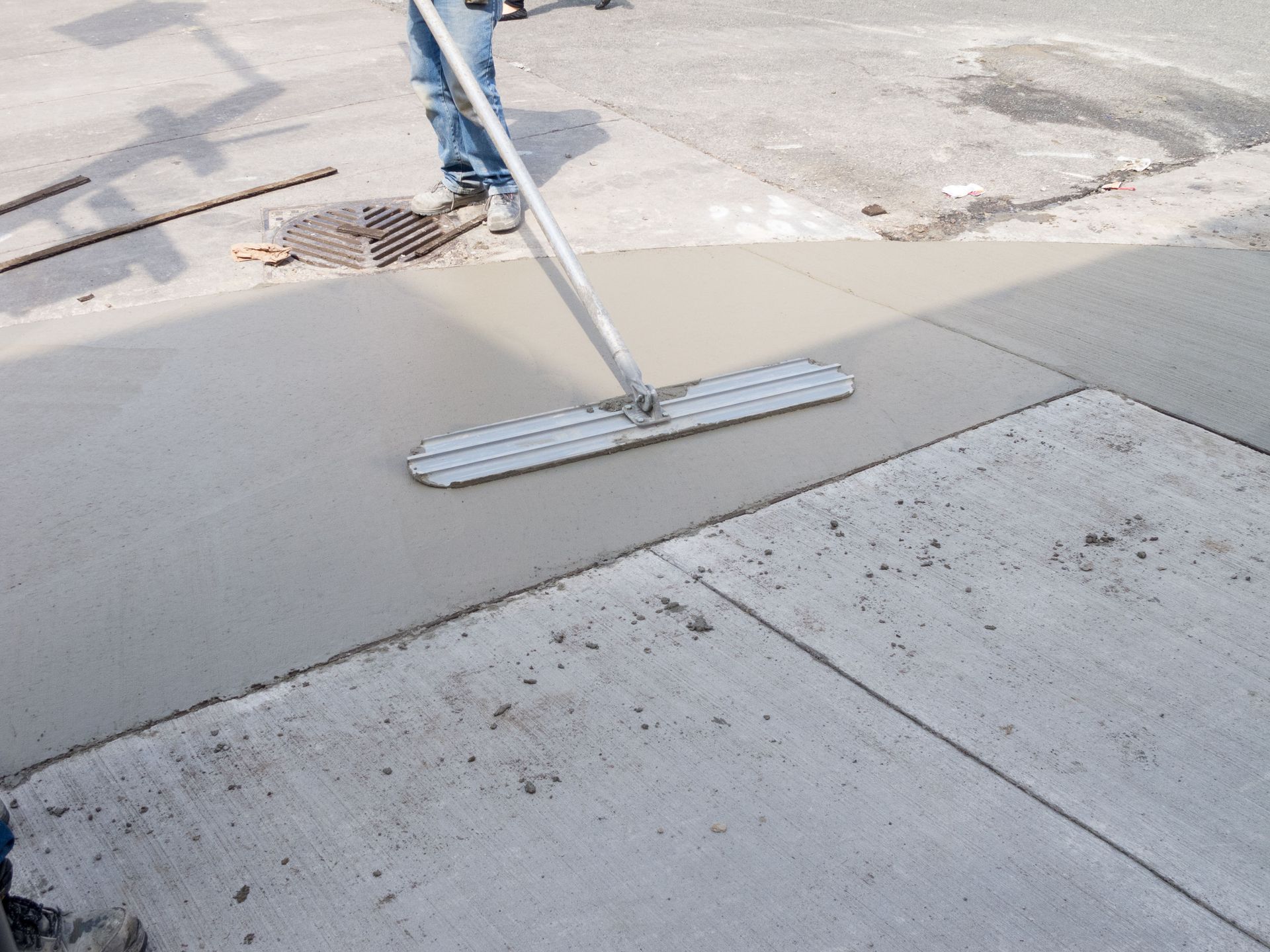How Long Does It Take for Concrete Curbing to Dry?
The process of determining the drying time for concrete curbing can be intricate, requiring an understanding of various factors and conditions that affect drying times. This article provides a comprehensive guide to understanding how long it takes for concrete curbing to dry, exploring elements from environmental conditions to material composition. Understanding these drying times is crucial for ensuring the durability and appearance of concrete structures, as improper curing can lead to a host of issues. The integration of technology and scientific principles plays a significant role in modern concrete applications. Consequently, both professional builders and DIY enthusiasts benefit from familiarizing themselves with the critical aspects involved in concrete curbing drying times.
Understanding Concrete Curbing
Definition and Purpose of Concrete Curbing
Concrete curbing serves as a border or edging used to delineate landscapes, pathways, or driveways, adding both functional and aesthetic value. By providing a clean boundary, it helps in maintaining landscape designs and prevents grass or plants from spreading into unwanted areas. It is often employed to enhance the look of residential and commercial properties, making it an essential element in landscaping and construction. Its robust nature ensures longevity, reducing the frequency of replacements and minimizing maintenance costs. The purpose of concrete curbing is both practical and decorative, offering functional support while complementing the overall design of outdoor spaces.
Components of Concrete Mixture
Concrete is a composite material consisting primarily of Portland cement, water, and aggregates such as sand, gravel, or crushed stone. The cement acts as a binder that holds the mix together, while aggregates add strength and volume. Admixtures can also be added to the mix to alter its properties, such as improving workability, reducing water content, or accelerating setting times. The water-to-cement ratio plays a critical role in determining the strength and durability of the finished product, with lower ratios generally producing stronger concrete. Each component's quality and proportional use can significantly influence the concrete's performance during and after curing.
Applications in Landscaping and Construction
Concrete curbing is widely used in various landscaping and construction projects due to its versatility and durability. In landscaping, it is utilized to create neat edges around gardens, lawns, and flower beds, enhancing visual appeal and providing clear boundaries. Construction projects employ concrete curbing as part of sidewalk edges, driveways, and parking lot perimeters, ensuring structural stability and preventing erosion. By acting as a barrier, curbing helps manage water runoff and protect against soil displacement. Its applications extend beyond aesthetics, contributing to the overall functionality and safety of built environments.
Factors Affecting Drying Time
Environmental Conditions and Weather
Weather conditions play a significant role in the drying time of concrete curbing, with temperature and humidity being critical variables. High temperatures can accelerate the evaporation of water, leading to faster drying, while low temperatures slow the process and can even halt curing if freezing occurs. Humidity levels also impact curing; high humidity may prolong the drying period, whereas low humidity can cause rapid drying and potential cracking. Wind speed is another factor, as it can enhance evaporation rates, requiring builders to adjust techniques accordingly. Builders often face challenges in ensuring proper curing conditions on-site due to unpredictable weather patterns.
Composition of the Concrete Mix
The specific blend of materials in a concrete mix influences its drying behavior, with each component affecting the curing process. A higher cement content can lead to faster early strength gain, while mixtures with added fly ash or slag tend to cure more slowly but may offer improved durability. Water content, measured by the water-to-cement ratio, directly impacts the drying speed; less water generally results in stronger but slower-curing concrete. Additionally, the choice and gradation of aggregates affect compaction and drying properties. Fine-tuning the concrete mix is essential for meeting desired performance criteria and achieving optimal drying times.
Thickness and Size of the Curbing
The dimensions of concrete curbing significantly impact its drying time, with thickness being a critical factor. Thicker sections of concrete take longer to dry because water needs to migrate from the interior to the surface before evaporating. Conversely, thinner applications may dry more quickly, but they are more susceptible to cracking if not properly managed. Larger curbing installations require careful planning to ensure even curing across the entire surface, preventing weak spots. Builders must assess project specifications to anticipate drying challenges and employ appropriate techniques to maintain consistency.
Typical Drying Time Frames
Initial Setting Time
The initial setting time of concrete is when the mix begins to harden and can no longer be molded or shaped. This period usually occurs within the first few hours after placement, depending on environmental conditions and mix composition. Although the concrete is not fully cured, it can withstand light foot traffic. According to ConcreteNetwork.com, you can walk on the concrete 48 hours after the initial set. Builders need to be cautious during this time to avoid impacting the surface and ensure the curing process continues unhindered.
Final Setting Time
The final setting time marks the point when concrete has hardened enough to bear loads and perform its intended structural role. This stage generally takes place within 24 to 48 hours after pouring, influenced by factors like temperature, humidity, and mix design. Although the curbing is technically set, its strength isn't fully developed, and heavy loads should be avoided. Activities such as sealing or topping may occur after this period to provide additional protection. Understanding the distinction between initial and final setting times is crucial for planning construction timelines and ensuring structural integrity.
Full Curing Duration
Full curing of concrete is a lengthy process, taking up to 28 days to reach its designated structural strength. During this phase, the concrete continues to hydrate and strengthen as moisture and chemical reactions occur internally. While initial and final settings establish foundational hardness, full curing ensures long-term durability and load-bearing capacity. Proper curing conditions must be maintained throughout this period to prevent surface defects and internal weaknesses. Builders typically adopt curing methods like water soaking, covering, or applying curing compounds to optimize strength development.
Best Practices for Ensuring Proper Drying
Preparing the Site for Installation
Site preparation is a foundational step in ensuring effective concrete curbing drying. This involves cleaning the installation area of debris and ensuring the ground is stable and compacted to prevent settling or cracking. Establishing a level base and consistent elevation helps achieve uniform thickness across the curbing. Attention to drainage is crucial, as pooling water can disrupt the curing process and lead to structural weaknesses. Adequate site preparation minimizes complications and facilitates optimal curing conditions from the outset.
Monitoring Weather Conditions
To ensure successful concrete curing, constant monitoring of weather conditions is imperative. Builders must plan installations around favorable conditions, avoiding extreme temperatures or precipitation. Utilizing tarps or shelters can safeguard against sudden weather changes, maintaining stable curing conditions. Technological advancements, such as weather forecasting tools and real-time monitoring systems, assist in making informed decisions during the curing process. Consistently evaluating environmental data assists in minimizing external impacts and promotes controllable curing scenarios.
Proper Application and Layering Techniques
Standardizing application and layering methods ensures consistent drying and prevents structural flaws in concrete curbing. Each layer of concrete should be applied uniformly and properly compacted to avoid air pockets that weaken the structure. Adequate time intervals must be maintained between successive layers to ensure each layer initiates its curing process without compromising the structural integrity below. Utilizing experienced personnel for laying and finishing further enhances the quality and appearance of the curbing. Implementing proper techniques promotes uniform drying and supports long-term durability of the installation.
Risks of Insufficient Drying
Poor Structural Integrity
Insufficient drying poses significant risks to the structural integrity of concrete curbing. Weaknesses in the concrete can develop if adequate curing conditions are not maintained, leading to premature cracking or failure under loads. Lack of proper adhesion between layers or components may also occur, reducing overall strength and stability. This risk not only endangers the structural soundness but also escalates safety concerns for all users. Recognizing and mitigating these risks during the drying process is vital for maintaining the construction's intended durability and resilience.
Increased Susceptibility to Weather and Erosion
Concrete curbing that has not adequately dried is more prone to environmental damage and erosion. Excess moisture or rapid drying can leave the surface porous, allowing water penetration and freeze-thaw cycle damage. Weather changes exacerbate these vulnerabilities, leading to eventual pitting, scaling, or complete surface failure. Protecting the structure with adequate curing measures and preventive maintenance minimizes these risks and extends its lifespan. Awareness and timely intervention can prevent detrimental long-term effects arising from improper drying.
Impact on Aesthetic Appeal
Insufficient drying not only affects the functional aspects of concrete curbing but also detracts from its visual appeal. Uneven or incomplete curing results in surface irregularities, color inconsistencies, and efflorescence, undermining the aesthetic quality. Such defects can become prominent over time, negatively impacting the overall appearance of the property. Ensuring proper drying techniques enhances the visual cohesion and attractiveness of the curbing, contributing to the overall landscape design. Aesthetics play a pivotal role in real estate value, making the drying process an essential consideration for property aesthetics.
Advancements in Concrete Curbing Technology
Introduction of New Admixtures
Recent advancements in concrete technology include the development of admixtures that enhance curing performance and efficiency. These chemical additives modify the properties of the concrete mixture, facilitating accelerated drying without compromising structural integrity. Specific admixtures improve workability, reduce water demand, or increase resistance to environmental factors. The resulting improvements in concrete properties contribute to faster construction timelines and more resilient structures. Ongoing research into admixture formulations continues to expand the possibilities for concrete applications in various environments and conditions.
Technological Innovations in Curing Techniques
Innovative curing techniques are revolutionizing the way concrete curbing is dried and treated, reducing drying times and enhancing performance. Curing blankets, membranes, and self-setting technologies provide effective solutions for controlling the curing environment and maintaining optimal moisture levels. Advanced equipment used to monitor internal concrete temperatures and humidity enables precise control over the drying process. These innovations lead to more consistent outcomes and reduce the risks associated with manual methods. Embracing technology-driven solutions in curing practices positions the concrete industry at the forefront of architectural and engineering efficiency.
Sustainable and Eco-Friendly Alternatives
The shift towards sustainability in construction has led to the exploration of eco-friendly alternatives for concrete curbing. Recycled materials and fly ash substitutes reduce reliance on traditional cement, decreasing the carbon footprint associated with production. Green curing practices, such as rainwater harvesting for temperature and humidity regulation, are gaining traction in sustainable building projects. The development of biodegradable and reusable curing aids further supports environmental conservation and resource management. These efforts align with broader industry goals to minimize environmental impact while maintaining high-performance standards.
The drying time for concrete curbing is influenced by a variety of factors, including environmental conditions, material composition, and installation techniques. Understanding these elements and implementing best practices can help ensure effective curing and long-term performance. With advancements in technology offering new solutions, the future of concrete curbing looks promising in terms of efficiency, sustainability, and durability. By continuously adapting and innovating, the concrete curbing industry positions itself to meet modern challenges and deliver structurally sound and aesthetically pleasing solutions. Future developments and persistent research are likely to further optimize curing processes, making construction endeavors more predictable and successful. If you're looking for concrete curbing services, contact Edge It Curbing today.




Share On: